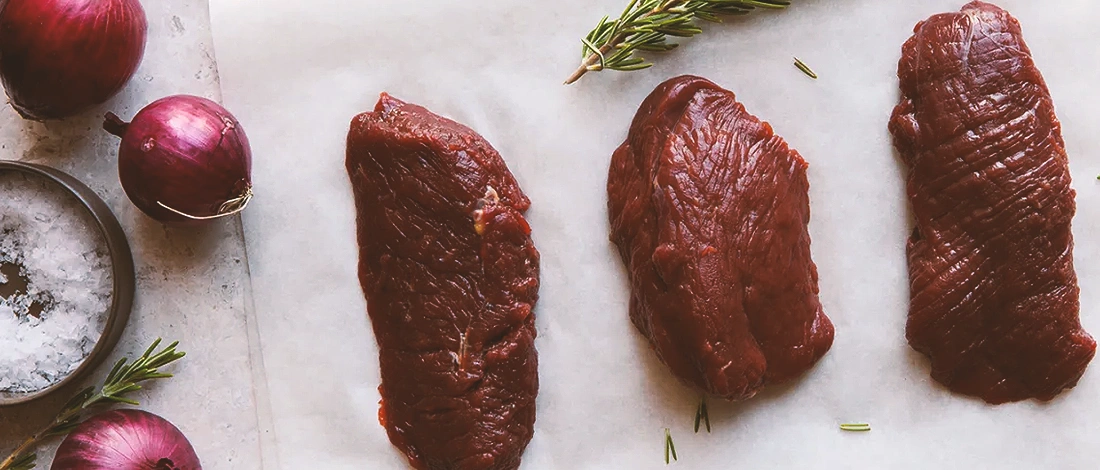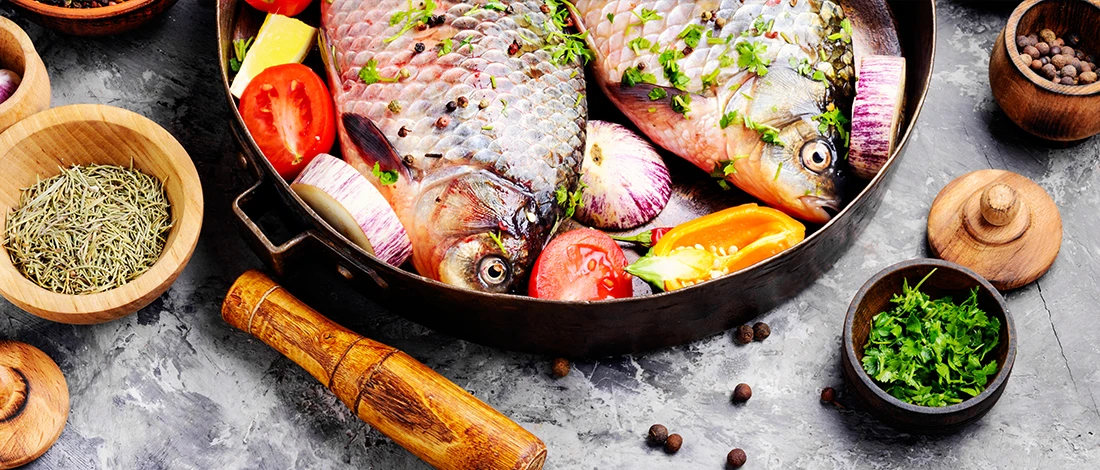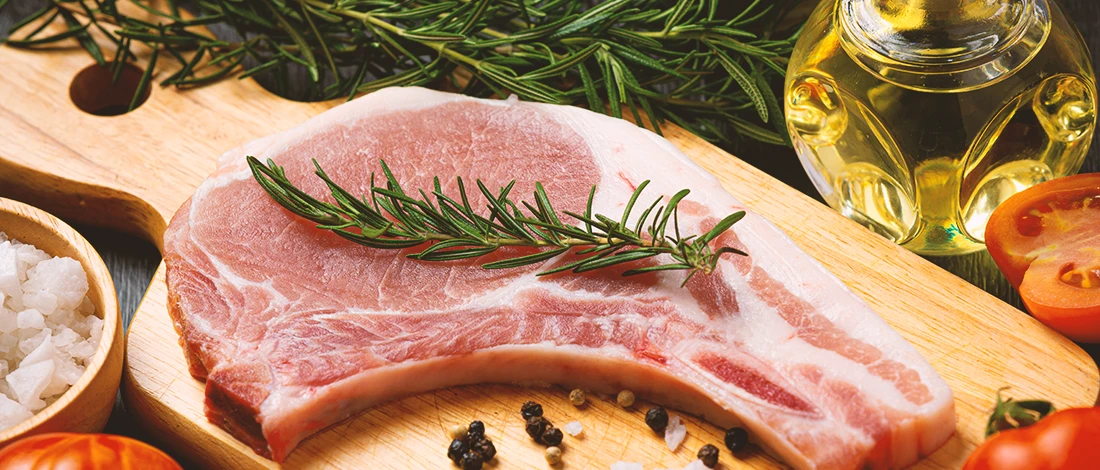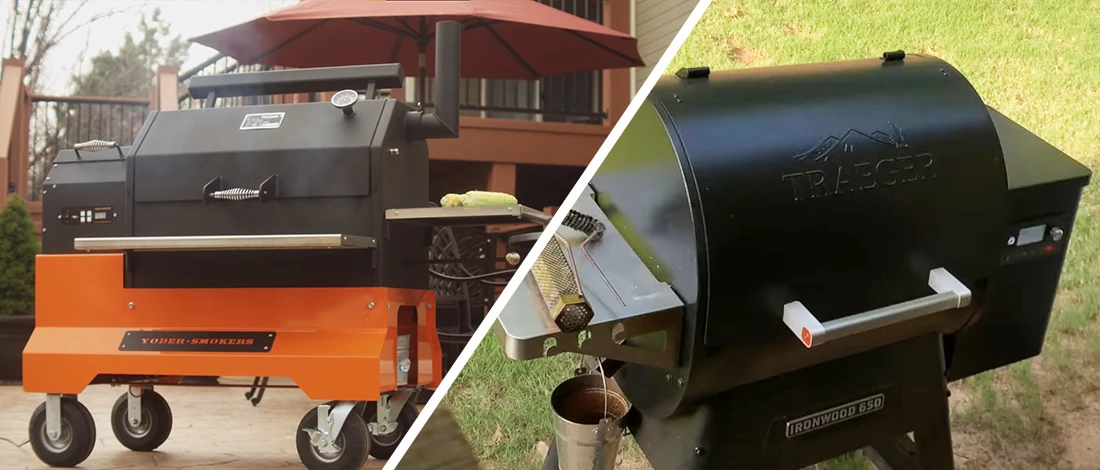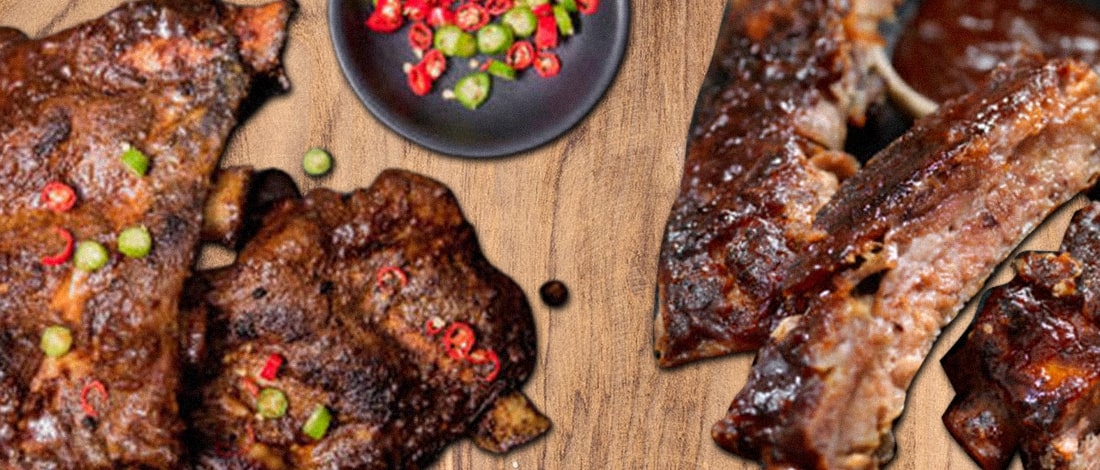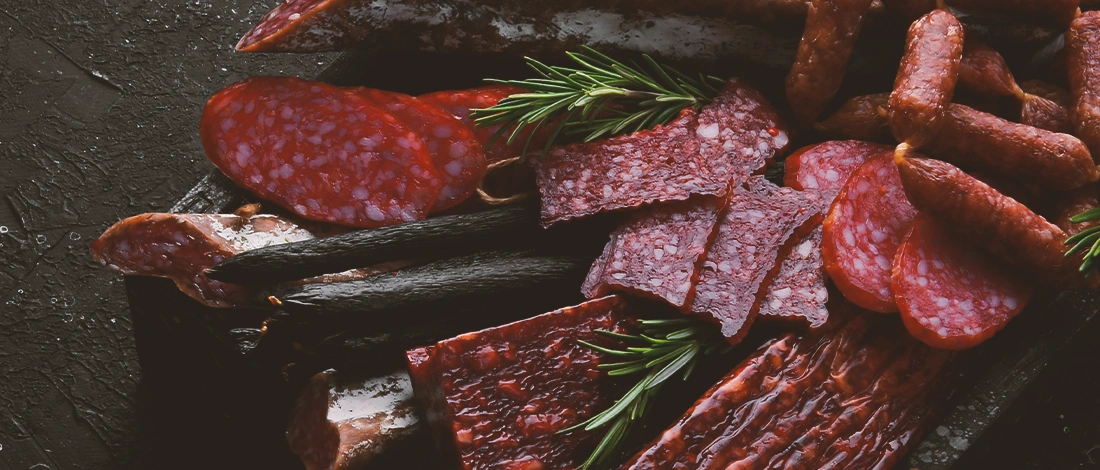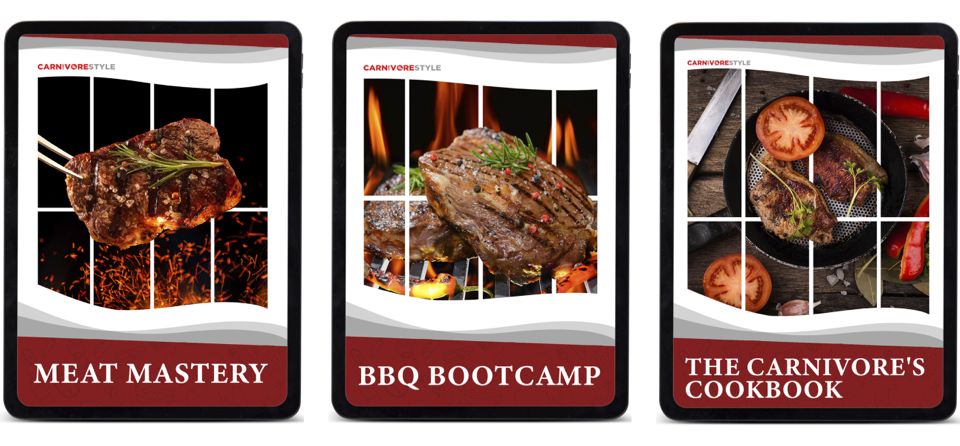Everyone has to start somewhere - pitmasters included. When I began my barbecue journey, I had no idea about the different types of pork ribs or what to do with them.
I made the mistake of grilling them all the same until I realized that not all pork ribs are made equal.
Learning about the different types of pork ribs and how they are butchered and cooked seriously upped my grilling game.
If you’re just a beginner, don’t worry. I’m here to tell you everything you need to know about rib styles and mastering barbecue ribs.
Quick Summary
- There are several types of pork ribs, including spare ribs, baby back ribs, St. Louis style ribs, and rib tips, each with unique characteristics and preparation methods.
- Spare ribs are rich and flavorful, baby back ribs are tender, St. Louis style ribs are neat and meaty, and rib tips are chewy and great for starters.
- According to a 2022 Statista report, the sales value of fresh pork ribs in the United States in 2022 was approximately 2.05 billion U.S. dollars, which puts pork ribs in second place, after loin with a sales value of 3,626 billion dollars [1].
- Country-style ribs, despite their name, aren't ribs at all but are more like a pork chop with the bone still attached, cut from near the pig's shoulder.
The 4 Main Types of Ribs and How to Prepare Them

There are quite a few different ribs out there, especially when it comes to styles and how people prepare them.
However, I’m going to tell you about the 4 types of ribs you’re most likely to come across at your local butcher or in a supermarket.
If you look at a pig and its anatomy, you’ll notice pigs have 14 rib bones attached to the spine of the pig.
Today, we will cover the four most popular cuts:
- Spare ribs
- Baby back ribs/called loin ribs
- St Louis ribs
- Rib tips
Different types of ribs can be distinguished based on how they are trimmed and which specific section they have been cut from. As I mentioned, no rib is made equal; therefore, the way of preparing and cooking them varies. It applies even to beef ribs.
Read More:
1. Spare Ribs
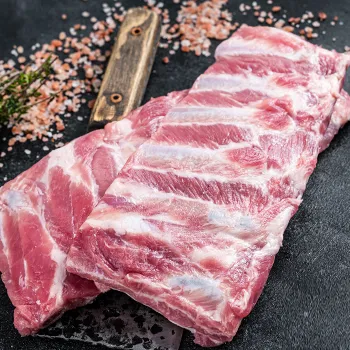
When we think of “ribs,” what’s the first thing that comes to mind?
Well, for me and many others, ribs tend to refer to spares. Spares come from the side of the pig, right after the baby back ribs.
They reach down to the breastbone of the pig, often referred to as “spares” or “side ribs”.
You can distinguish spare ribs by:
- Bones - Compared to the baby back ribs, spares are a lot flatter and straighter.
- Marrow - When separating the ribs, spare ribs are cut away from the baby backs near the marrow of the bone. So, spare ribs will have visible marrow at one end.
- Cartilage - On the opposite end of the rib, you will see some cartilage and gristle. This is where the ribs taper as they reach the chest of the pig.
- Flavor - Many people attest (myself included) that spare ribs are a lot richer and more flavorful compared to others. Of course, this all depends on your taste.
“When the going gets tough, the tough eat ribs.”
- Nora Roberts, Author
How to Prepare Pork Spare Ribs
There are tons of ways and recipes when it comes to pork spares.
You’ll know you’ve found a good recipe when it includes these basic preparation steps:
- The best ribs are around 1 inch thick with plenty of meat on the rib bones.
- If there is any meat dangling on the side of the bone, make sure to trim it off.
- Grab your knife and slide it under the membrane and over the bone.
- Using a paper towel, carefully pick off the membrane [2].
- Using your favorite rib rub, season both sides of the cut.
2. Baby Back Ribs

Despite the name, baby back ribs do not come from baby pigs.
They get this name simply because they're smaller than the other cuts.
They come from the very front of the rib cage.
They’re also referred to as “back pork ribs'' or “loin back ribs,” connected to the pig’s backbone.
You can distinguish a baby back rib by:
- Length - The length of baby backs is usually 3 - 6 inches, bending where the rib meets the spine.
- Tenderness - Many people consider baby backs to be a lot more tender than spares.
How to prepare baby back ribs:
You can use the same technique to prepare the back ribs that you use for the spares.
The biggest difference between the two is cooking time. While the spares take around 5 - 6 hours, the baby backs will take only 4 - 5 hours.
Baby back ribs also cook great with a slow cooker but can take 6 to 7 hours.
Also Read: How to Prepare Dr. Pepper Baby Back Ribs Recipe?
3. St Louis Style Ribs
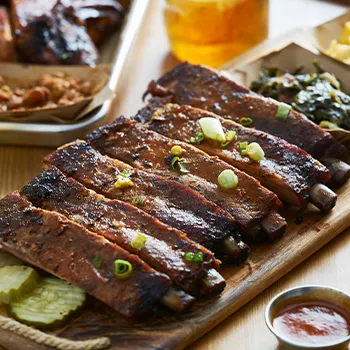
St Louis cut ribs are spare ribs - just trimmed a little more.
This specific cut is used for the competition circuit since it’s known for being neat and tidy.
St Louis cut ribs have more meat and less cartilage than the spares since it is trimmed off.
You can distinguish these ribs by:
- Length - St Louis cut is longer than baby backs and shorter than the full spares.
- Availability - You won’t just stumble on this cut by chance; it’s considered a “specialty” item.
How to prepare St Louis-style ribs:
Since these ribs are spares that are trimmed more, you should prepare them the same way as spare ribs.
Read More: St. Louis Ribs vs Spare Ribs
4. Rib Tips
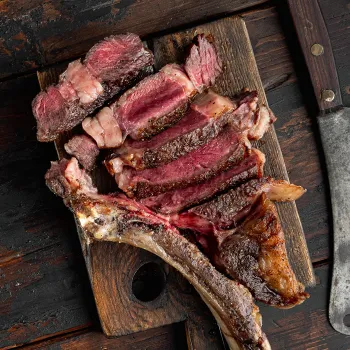
Rib tips are the small bones and cartilage you will find connecting the front ribs to the breast bone.
When spare ribs are butchered, the tips are cut from the lower ends. While they’re usually called rib tips, they can also be called the brisket of the pork.
Many people confuse them with riblets - but riblets aren’t even ribs at all.
Usually, the tips are considered waste. But they’re slowly making a comeback in the rib world.
You can distinguish a rib tip by:
- Length - They are only 8 - 12 inches long and around 3 inches wide.
- Texture - The tips are often extra chewy due to the cartilage.
How to prepare rib tips:
Unless you buy full spare ribs and perform your meat trim, you’ll need to ask your butcher for some tips or cut them yourself.
My favorite way to use the tips is in Asian-style recipes. Smoked rib tips also make a great starter, only taking 2 - 3 hours to cook [3].
What are Country-Style Ribs?
Country-style ribs, despite their name, aren’t ribs at all.
They’re more like a pork chop with the bone still attached (the bone is a lot thicker than normal ribs), cut from near the pig’s shoulder.
Country-style ribs are often served with a lot of pork loin meat attached.
They can be brined in simple sugar and water mixed overnight to create a great chop.
Read More: Country Style Ribs Explained
Other Types of Ribs
Since this guide explains pork ribs, I’ll also mention some other types of ribs you should consider trying.
- Kansas City ribs - Similar to the St Louis ribs but not trimmed as much.
- Riblets - Delicious appetizers or ‘ribs for kids’ since they’re cut half the size of a full slab.
References:
- https://www.statista.com/statistics/1177870/pork-sales-value-by-cut/
- https://www.thespruceeats.com/remove-membrane-from-pork-ribs-995303
- https://amazingribs.com/tested-recipes/pork-ribs-recipes/smoked-pork-rib-tips-recipe/


